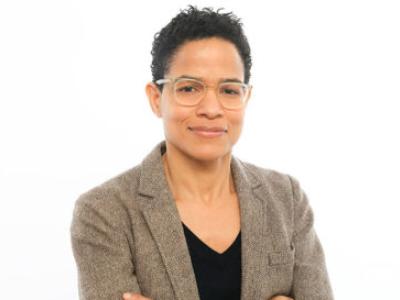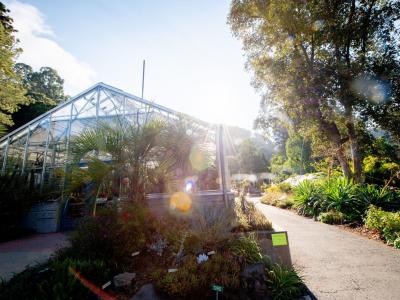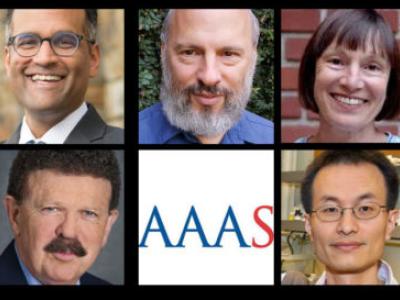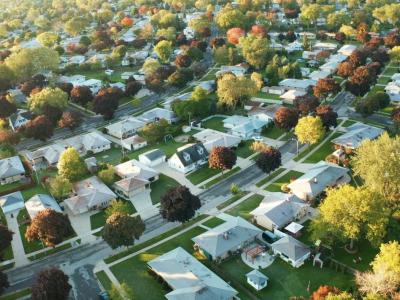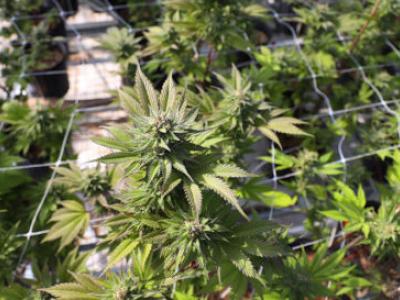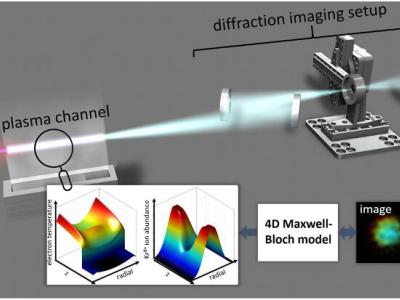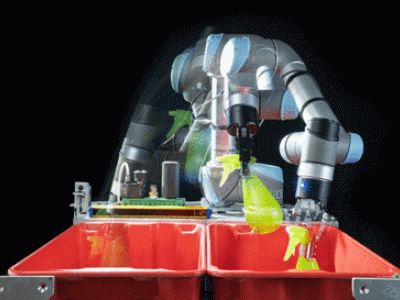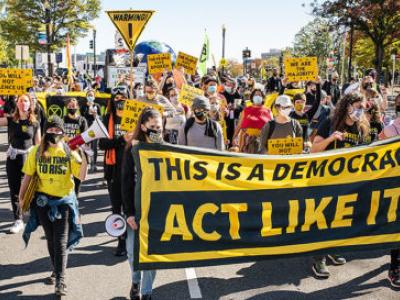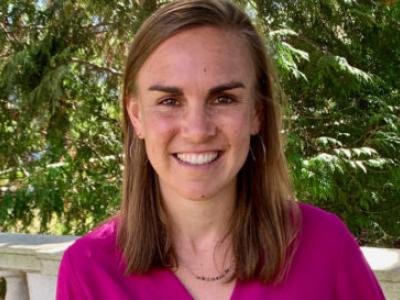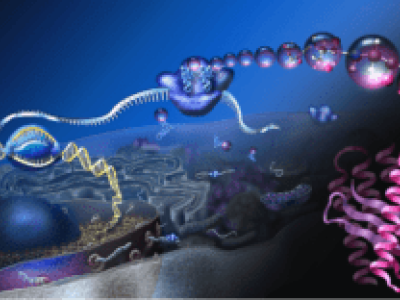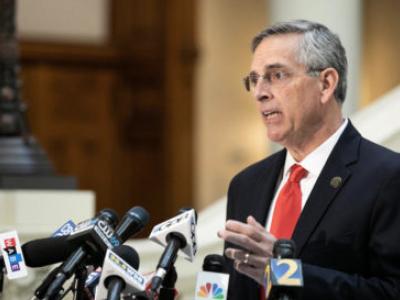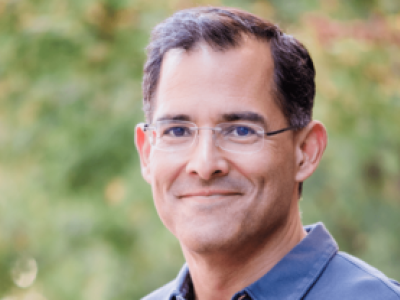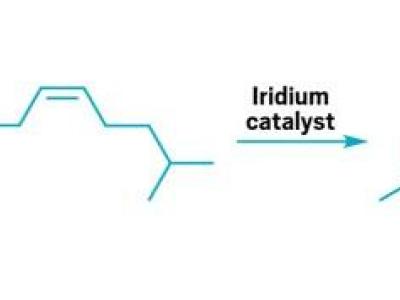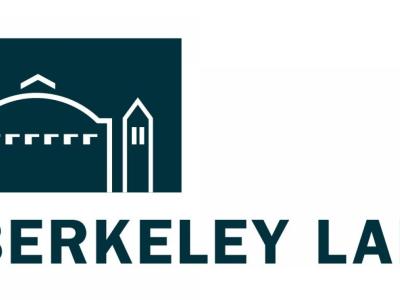UC Berkeley African American Studies professor Nikki Jones has won the 2020 Michael J. Hindelang Award. The national honor given by the American Society of Criminology (ASC), recognizes a book published within the past three years that makes the most outstanding contribution to research in criminology.
Research News
Learn more about UC Berkeley's researchers and innovators.
Showing 1185 - 1200 of 3512 Results
What is color? The color of an object arises from which wavelengths of light are absorbed and which are reflected. For example, we would say a leaf is green because when sunlight—composed of different wavelengths of light like a rainbow—hits the leaf, the leaf absorbs red, orange, yellow, blue, and purple light, and is reflects green light back at us. Based on this description, we might conclude that green light has no effect on the plant as the very color tells us that the plant is rejecting that wavelength of light.
Five Berkeley scholars — four faculty members and one research scientist — have been elected fellows of the American Association for the Advancement of Science (AAAS), one of the world’s largest scientific societies. The distinction was awarded this year to 489 scientists, engineers and innovators for their advancement of science and its applications.
Everyone loves to complain that their taxes are too high. Yet few people actually take the time to formally protest them.
A recent deep-dive into property tax appeals in Texas offers new insights on what motivates people to protest or accept their tax obligations.
On November 13th, the California Bureau of Cannabis Control (BCC), the lead state agency that regulates commercial licenses for both medical and adult-use cannabis, announced a wave of research grant funding at public universities. Researchers affiliated with the Berkeley Cannabis Research Center received $4.6 million in grants of the $30 million total that was awarded across the state.
If songbirds could appear on “The Masked Singer” reality TV competition, zebra finches would likely steal the show. That’s because they can rapidly memorize the signature sounds of at least 50 different members of their flock, according to new research from UC Berkeley.
The last decade has been marked by a series of remarkable discoveries identifying how the universe is composed. Currently it is understood that the mysterious substance dark matter makes up 85% of the matter in the universe.
In the past year, lockdowns and other COVID-19 safety measures have made online shopping more popular than ever, but the skyrocketing demand is leaving many retailers struggling to fulfill orders while ensuring the safety of their warehouse employees.
More than two weeks have passed since Election Day in the United States, and though former Vice President Joe Biden emerged the winner after a few days of uncertainty, the controversies over legitimacy continue to provoke fury among President Donald Trump and his allies.
Cara Brook, a UC Berkeley researcher whose work on bat viruses has taken on new urgency with the rise of COVID-19, is one of five recipients of this year’s L’Oréal For Women in Science fellowships.
Madeline Zoltek, a graduate student in the Schepartz Lab at QB3-Berkeley, explores how a new Center for Chemical Innovation is harnessing the chemistry of a living cell to design novel chemical polymers.
The gap in life expectancy between disadvantaged and privileged Americans has widened over the past half-decade, but so has the gap between the most affluent Americans and their peers in other prosperous nations, according to a new UC Berkeley study.
As it has in many states, President Donald Trump’s campaign questioned the outcome of the election in Georgia, where Joe Biden has a lead of over 14,000 votes, too close for Georgia Republican Secretary of State Brad Raffensperger to call.
This fall, ChEnected is introducing readers to the recipients of AIChE’s 2020 Institute and Board of Directors’ Awards, which are AIChE’s highest honors. Recipients are nominated by the chemical engineering community and voted on by the members of AIChE’s volunteer-led Awards Committee. These awards recognize outstanding achievements and world-class contributions across a spectrum of chemical engineering endeavors.
Alkylamines are one of the most useful compounds in a chemist’s bag of tricks. Pharmaceuticals, agrochemicals, and polymers often contain these functional groups.
Deb Agarwal, head of the Data Science and Technology Department in the Computational Research Division, and Kathy Yelick, former Associate Lab Director for Computing Sciences, will be presented with the Berkeley Lab Citation at Lawrence Berkeley National Laboratory’s 2020 Director’s Awards at 3 p.m. on Thursday, November 12.

